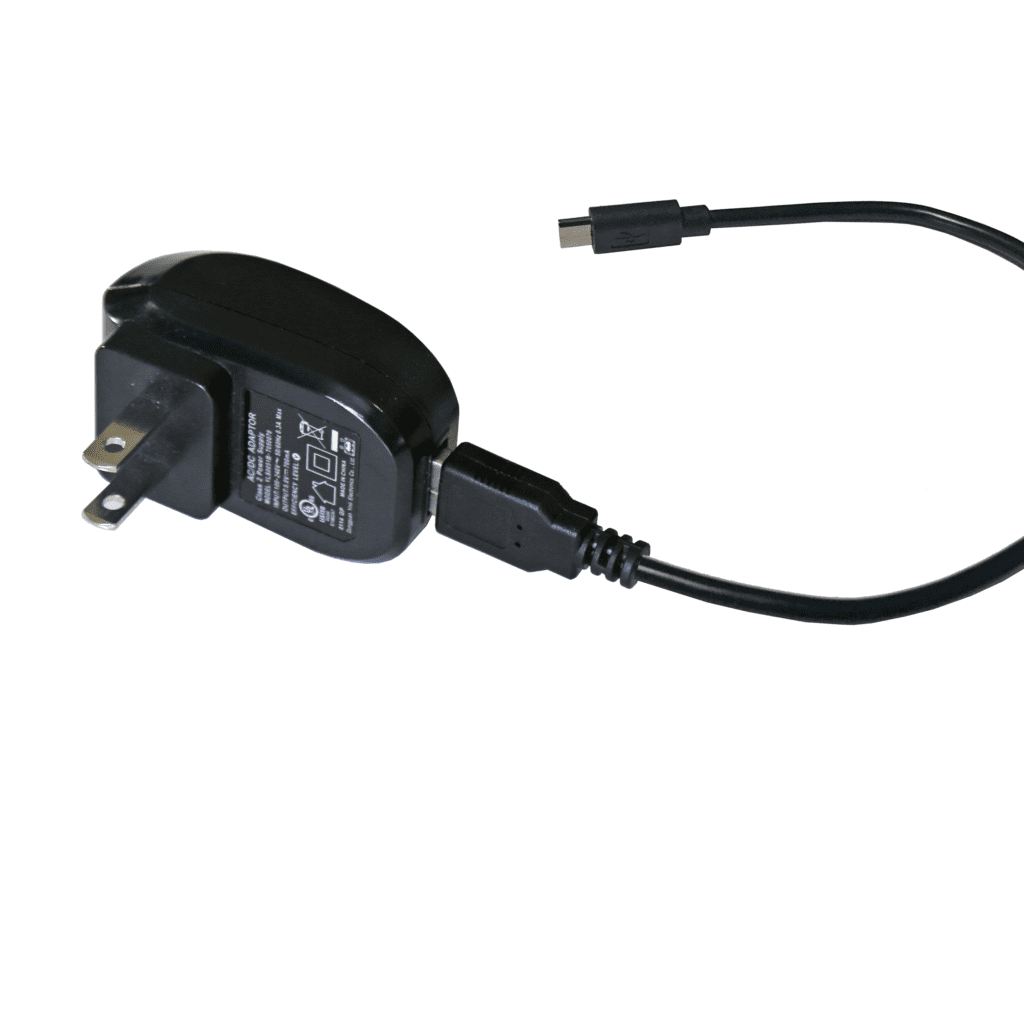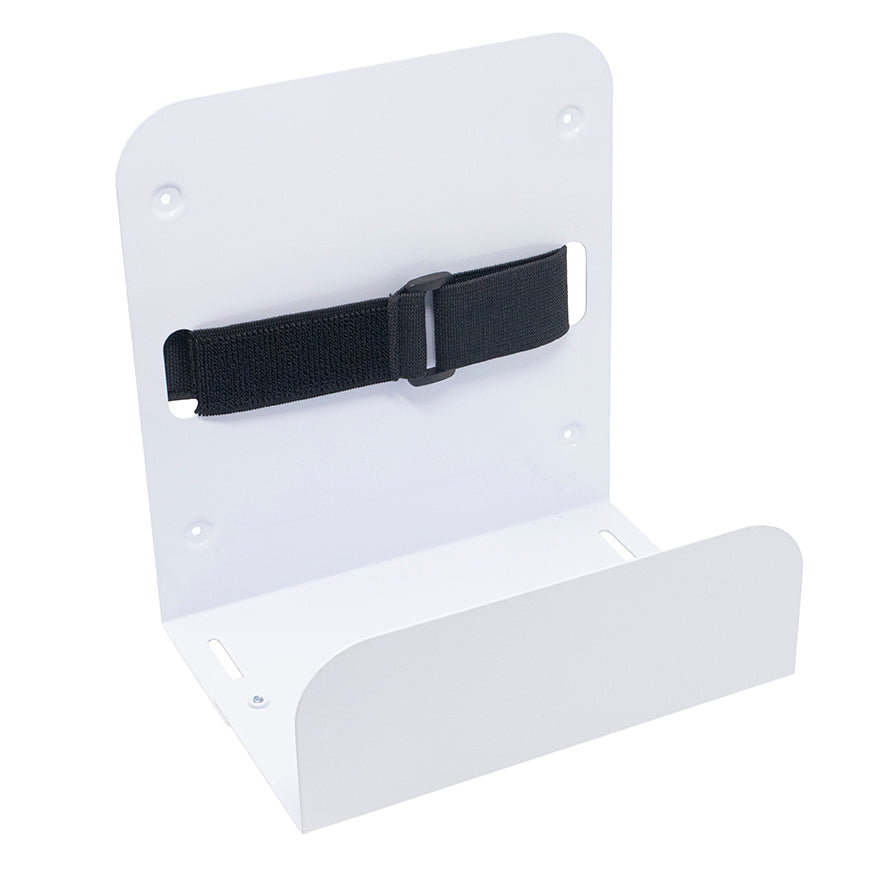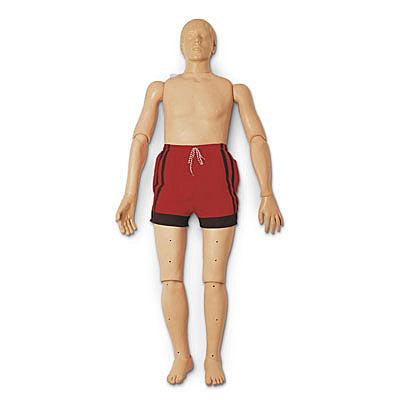Un défibrillateur externe automatisé (DEA) est un appareil de sauvetage conçu pour aider les personnes victimes d'un arrêt cardiaque soudain (ACS). Portable, facile à utiliser, il est conçu pour être utilisé par tous, même sans formation médicale. Le DEA fonctionne en délivrant un choc électrique au cœur pour rétablir un rythme normal, augmentant ainsi considérablement les chances de survie lorsqu'il est administré rapidement.
Comment fonctionne un DEA ?
Lorsqu'une personne souffre d'un arrêt cardiaque soudain, l'activité électrique du cœur devient chaotique et le sang ne circule plus efficacement. C'est là qu'intervient le DAE. L'appareil analyse le rythme cardiaque et détermine si un choc est nécessaire. Si nécessaire, il demande à l'utilisateur d'en administrer un. Les DAE sont équipés de messages vocaux, de voyants lumineux et de messages texte pour guider l'utilisateur tout au long du processus, le rendant simple et gérable dans les situations de stress intense.
Comment utiliser un DEA
1. Appelez le 911 et allumez le DEA : la plupart des DEA s'allument automatiquement lorsqu'ils sont ouverts ; sinon, appuyez sur le bouton d'alimentation.
2. Fixez les électrodes : placez les électrodes du DEA sur la poitrine nue de la victime comme indiqué dans les instructions (une électrode en haut à droite et l'autre en bas à gauche).
3. Analyse du rythme cardiaque : Le DAE analyse automatiquement le rythme cardiaque. Assurez-vous que personne ne touche la victime pendant ce temps.
4. Délivrer le choc (si nécessaire) : Si le DAE détermine qu'un choc est nécessaire, il vous invitera à appuyer sur le bouton de choc. Assurez-vous que tout le monde est à distance de la personne avant de lui administrer le choc.
5. Reprenez la RCP : après l’administration du choc, ou si aucun choc n’est nécessaire, continuez la RCP jusqu’à l’arrivée des services d’urgence ou jusqu’à ce que la personne montre des signes de vie.














